[ad_1]
Tomatoes are certainly one of many crucial frequent greens for dwelling gardeners to develop. There are many a lot of types of tomatoes and whereas most can develop merely high-quality by themselves all through the yard, many tomatoes do significantly greater when planted with a selected sort of neighboring plant. This course of often called companion planting.
Tomatoes have many good companions all through the yard which is able to assist with pollination, fruit manufacturing, and even mannequin. Nonetheless with the great furthermore comes the damaging.
Loads of varieties of vegetation should by no means be planted close to your tomatoes. Planting with poor companion vegetation will improve the potential for pest infestation, sicknesses, and nutrient opponents. Let’s take a deeper take a look at the vegetation it’s important to attempt to keep away from planting close to your tomatoes this season.
How Companion Planting Works
Moreover often called intercropping or interplanting, companion planting companions vegetation collectively that will have useful outcomes on each other.
Traditionally, companion planting was primarily based fully on folklore and trial and error, with little information of which vegetation are scientifically acceptable or incompatible. There’s fairly a bit to be acknowledged about merely understanding what works and what doesn’t primarily based on remark.
Nonetheless, we now have scientific sources to point to, and related particulars about how and why specific vegetation have an effect on each other, which saves quite a few time.
Ideally, companion planting offers advantages for each, or all vegetation concerned. Crops which may very well be mutually useful to not less than one one different are among the many most interesting companions, though there are events when a decorative plant is perhaps positioned with edibles to no benefit of its personal, furthermore that it will enhance pollination for the edibles.
The video beneath explains a bit further concerning the science behind companion vegetation.
Now that you’ve a bigger understanding of how companion planting works and the science behind it, let’s strive a few of the vegetation it’s important to keep away from planting close to your tomatoes!
Broccoli


This pairing has an even bigger damaging have an effect on on broccoli than in your tomatoes, nonetheless it’s nonetheless good to know for people who plan to plant each of those veggies.
Broccoli and tomatoes are each heavy feeders, and whereas tomatoes might come out on prime on this opponents, it may well likely be bigger for each, in the long term, to maintain up them separated.
Brassicas (of which broccoli is a member) and nightshades (tomato matches into this group) usually don’t thrive collectively. They each require quite a few dietary nutritional vitamins and will compete, leaving one or each crops wanting and tasting subpar. For greatest outcomes, give these two greens at the least 3 toes of residence from each other.
Do you have to wish to make it simple in your self, choose a completely fully fully totally different plant to pair with broccoli all through the yard.
Brussels Sprouts
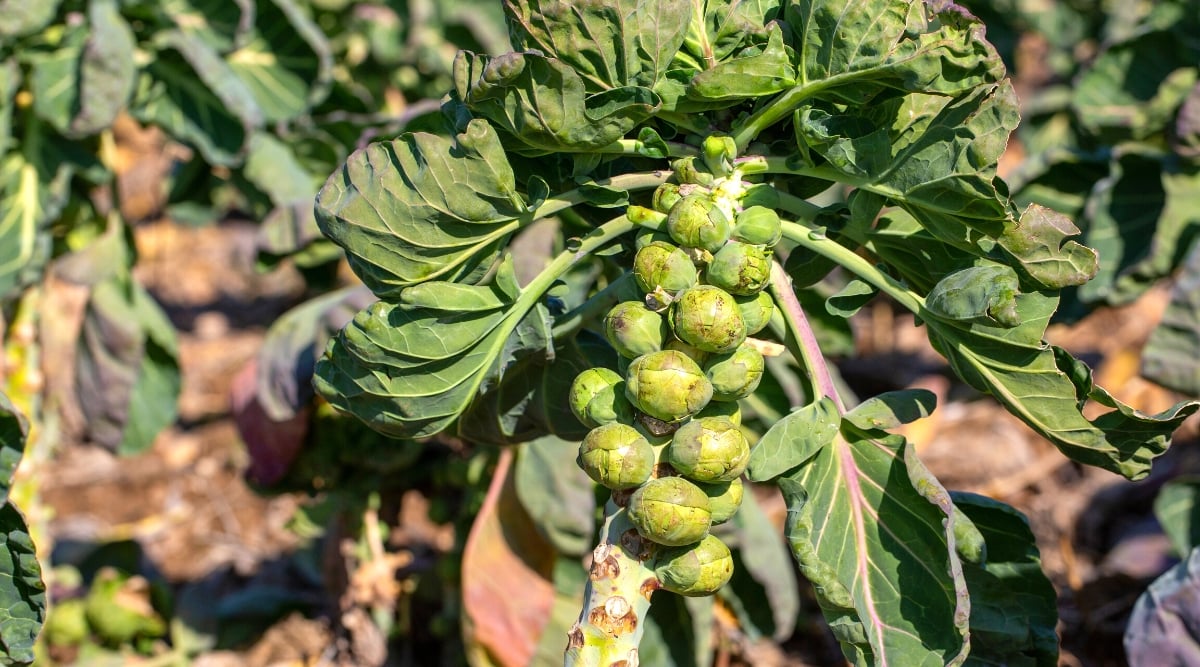

Brussels sprouts are brassicas as efficiently, so they aren’t acceptable with tomatoes. Tomatoes will bear from this union with stunted progress as brussels sprouts hog all of the nitrogen all through the soil leaving tomatoes to languish on their leftovers.
To present tomatoes among the many most interesting probability, keep these two greens in separate beds. Each want full picture voltaic, quite a lot of water, and nitrogen-heavy fertilizer.
Cabbage
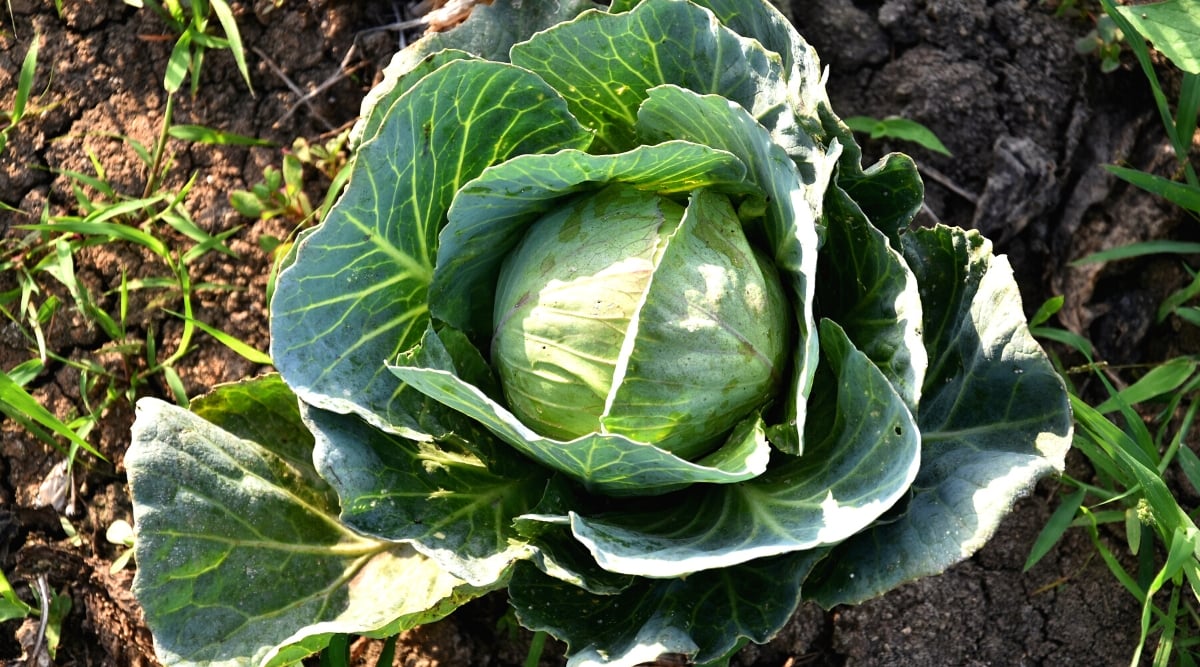

Cabbage is one totally different member of the brassica household of greens, which suggests they don’t combine with tomatoes and will inhibit the tomatoes’ progress. Cabbage and tomatoes collectively counsel small fruits and diminished yield.
Cabbages furthermore want quite a few dietary nutritional vitamins. They’re heavy feeders, and so are tomatoes. On this relationship, the tomatoes hardly win the battle over dietary nutritional vitamins. These two merely don’t combine. Cabbage has an extended itemizing of good companions, so that you simply is prone to be bigger off selecting one totally different plant.
Cauliflower
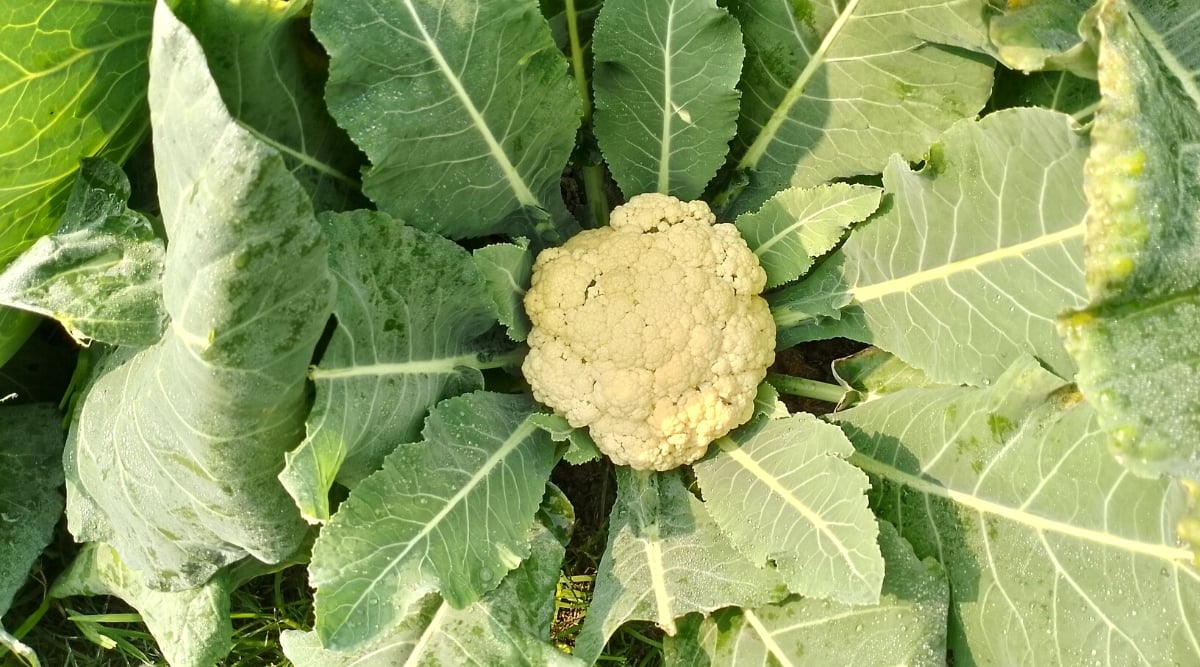

Tomatoes and cauliflower don’t make good neighbors as efficiently, and for a similar motive. Cauliflower is a brassica, they normally’ll compete for dietary nutritional vitamins, leaving each greens with lackluster manufacturing.
It is perhaps tempting to see if cauliflower helps hold all through the moisture to guard tomato roots, nonetheless the fact is that neither plant will income from this union.
Elevated to pair every plant with beans! Beans assist make nitrogen all through the soil further in the marketplace to fully totally different vegetation and have a vining habits, making this pair a wonderful residence saver.
Corn
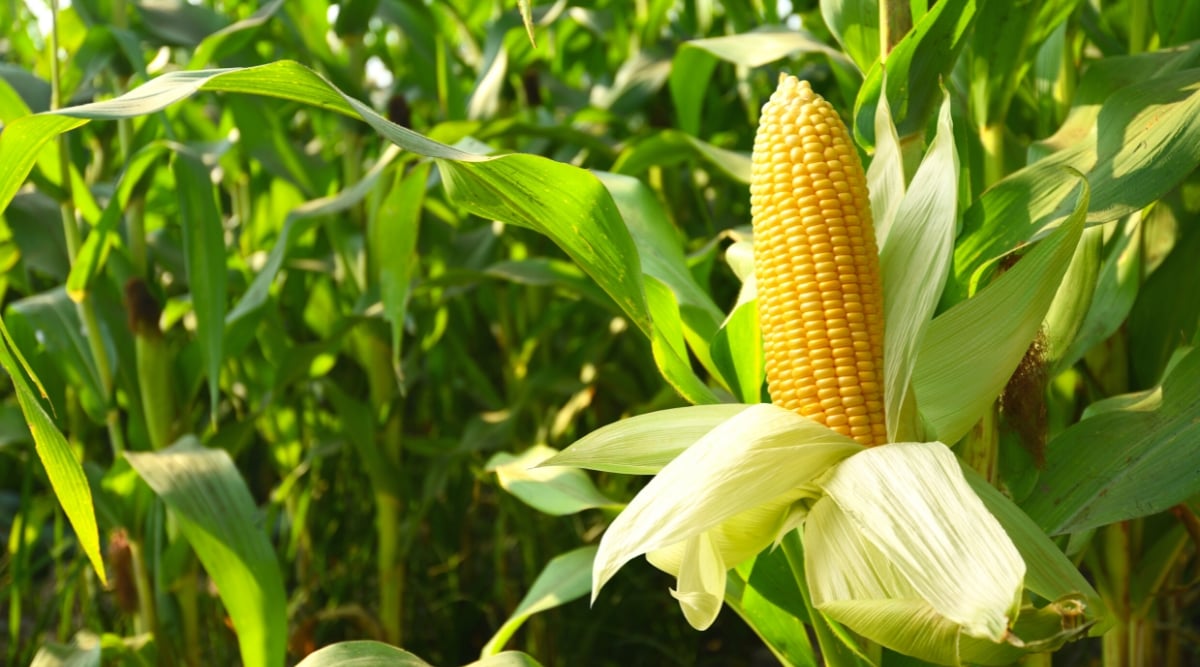

Tomatoes and corn are poor companions due to they share a extraordinarily harmful, frequent pest. Heliothus zea is the larvae of the corn earworm, a moth that goes by the scientific decide Helicoverpa zea.
This worm goes by one totally different frequent decide, Tomato Fruitworm. This pest considerably assaults the fruit of the plant and will render each fruit they contact inedible.
On account of those vegetation share a typical pest that’s acknowledged to be terribly harmful, it’s best to plant them aside. As shortly as a result of the pests swap in, they will haven’t any motive to depart if there is also quite a lot of meals for his or her offspring and might find yourself decimating each crops.
Dill
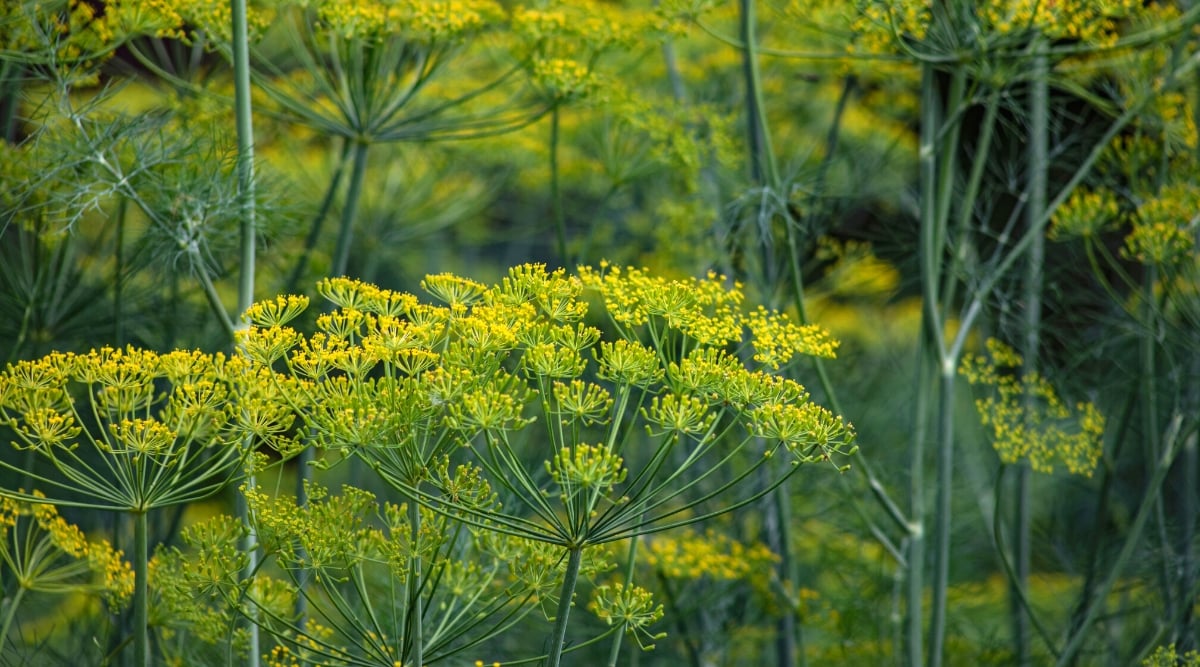

Most herbs develop very efficiently with tomatoes, nonetheless dill is an odd plant out in that class. When dill is youthful, it might perhaps have useful outcomes on tomatoes. As an example, aphids uncover dill to be a repellent, and this pairing would income tomatoes through which means.
Sadly, the pairing wouldn’t hold useful in the long run. As shortly as dill blooms, it ceases to be a wonderful neighbor for tomatoes. When dill goes to seed, it must rob the soil of dietary nutritional vitamins that tomatoes want, stunting their progress and top of the range of fruit.
Eggplant
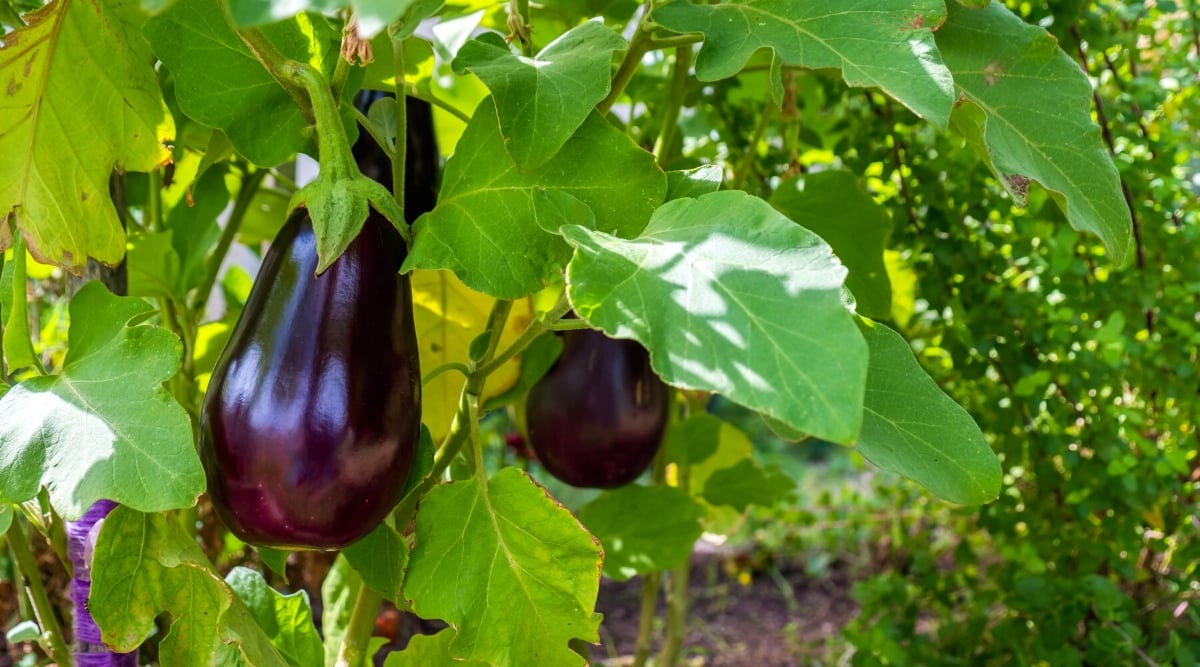

Eggplants and tomatoes should technically work efficiently collectively, as they’re each nightshades and have related wishes. Nonetheless, they will compete for dietary nutritional vitamins, and tomatoes couldn’t come out on prime.
Along with, tomatoes develop fairly a bit taller than eggplants, and eggplants don’t want to be saved all through the shade.
Eggplants are notably inclined to blight, which locations their neighbors in a dangerous state of affairs. Having these vegetation near your tomatoes will improve the tomato plant’s vulnerability to blight as efficiently. It’s greatest to maintain up these two aside.
On account of they compete for dietary nutritional vitamins, follow fully totally different eggplant companions when planning out your yard.
Fennel
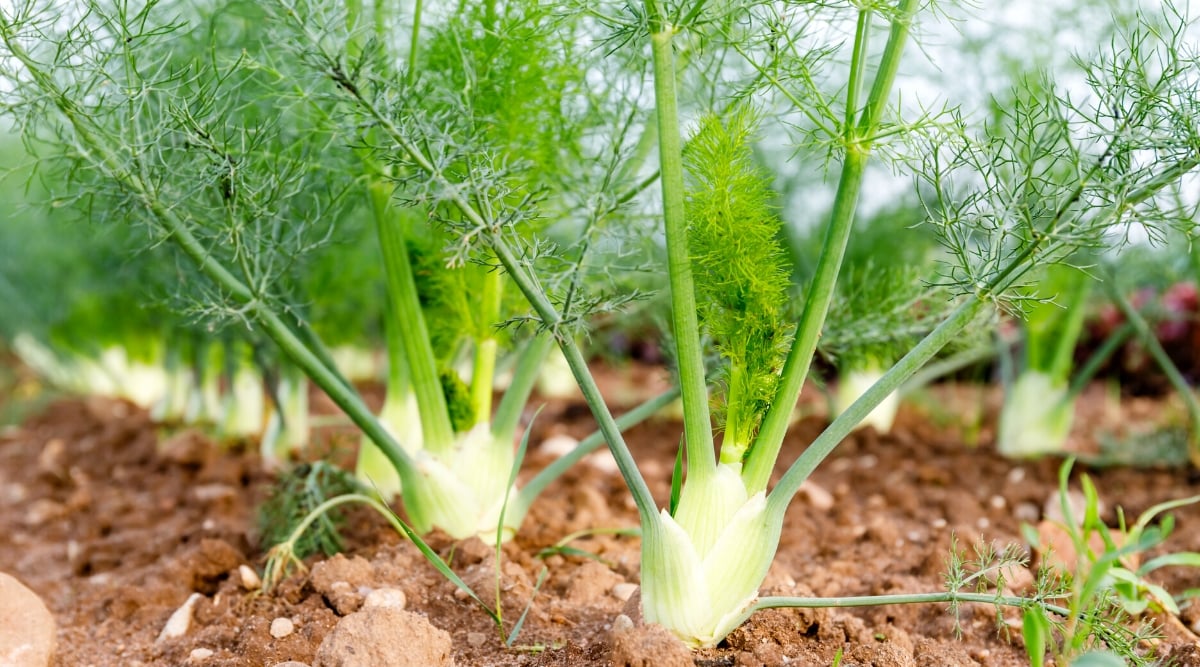

Fennel is an attention-grabbing plant — and as a rule, you’ll discover it on a list like this! Often, they painting fennel as a horrible companion.
Causes usually given are that it causes fully totally different vegetation to bolt, ruins their model, inhibits their progress, and even kills vegetation altogether by secreting a chemical from its roots which is able to set off fully totally different vegetation – a sort of allelopathy.
The irony is that fennel may very well be an unimaginable plant to cease tomato fruitworm and tomato hornworm, on account of it usually attracts in useful bugs that instantly assault these larvae. Tachinid flies/wasps are usually launched in by its flowers, considerably, and these is perhaps an unimaginable boon all through the yard! It’s furthermore a larval plant for butterflies and a usually good pollinator plant.
Is it really allelopathic? Correctly… sure and no. Sure, it’s allelopathic, though most usually, that’s in route of sure varieties of flowers or aggressive weeds. Most established tomatoes don’t have a problem with them, and plenty of the fully totally different points solely apply to leaf lettuces or fully totally different inexperienced leafy vegetation.
Nonetheless in case you are involved and have heard horror tales about planting fennel in your yard, you’ll wish to plant them in a close-by container or develop bag as a substitute.
Scorching Peppers
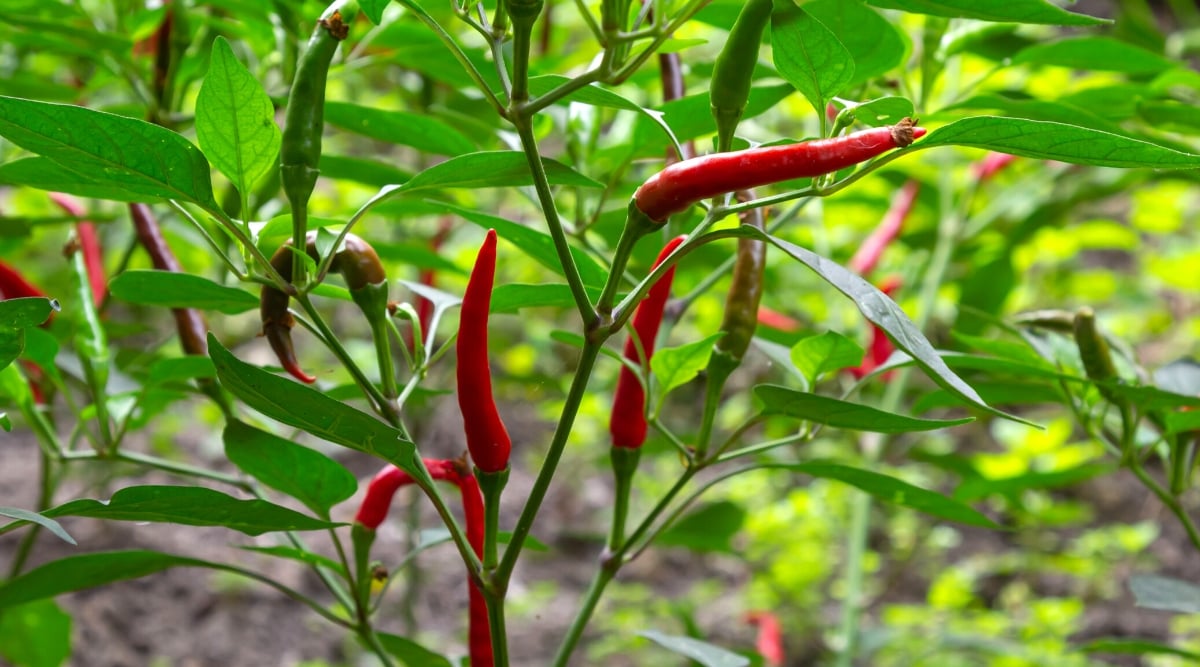

Scorching peppers and tomatoes might go efficiently collectively in salsa, nonetheless by means of yard beds, they should be saved aside. Each are inclined to blight, which might assemble up all through the soil, so conserving these out of one another’s house is an efficient suggestion, long-term.
These vegetation furthermore share a typical yard pest. The tomato hornworm (Manduca quinquemaculata) is raring on the foliage of each vegetation, so putting them collectively implies that each crops are affected if these guys present up.
This doesn’t counsel peppers can’t be good companions all through the yard. There are merely fully totally different vegetation that pair bigger with peppers in your yard beds.
Kale
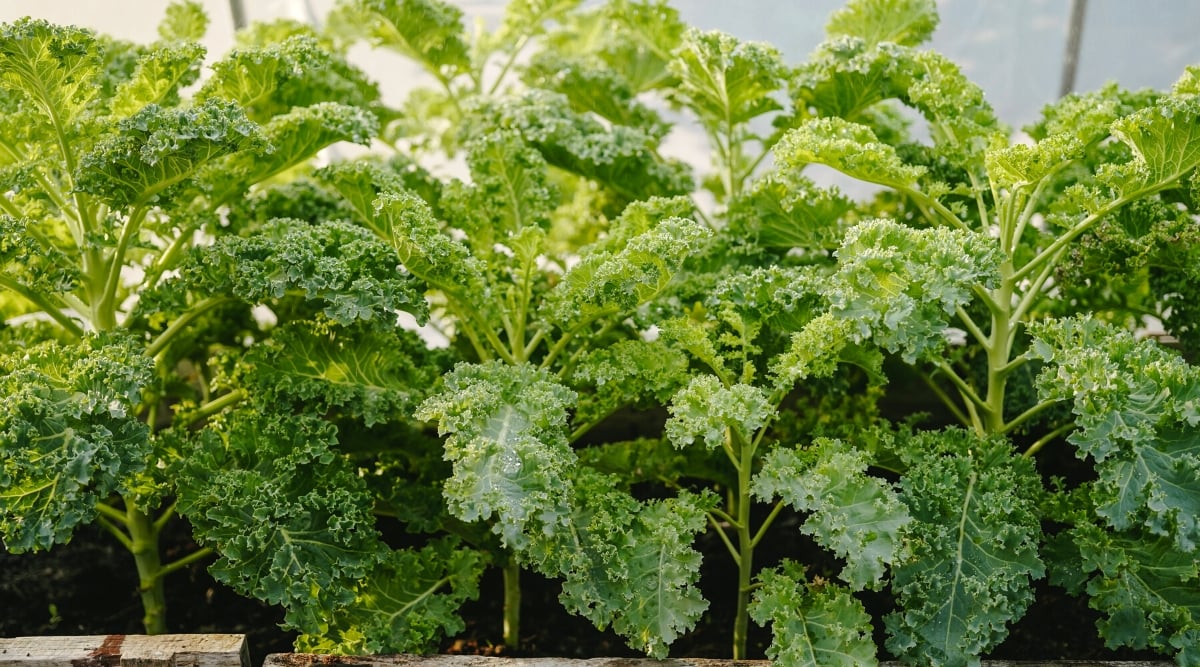

Usually, kale and nightshades make good companions. Kale and eggplant are associates, and peppers work efficiently with kale, furthermore. Tomatoes, nonetheless, usually tend to develop fairly large they normally moreover deplete quite a few dietary nutritional vitamins. This causes kale to bear.
This isn’t a tough and quick rule. The 2 can develop collectively within the occasion that they’ve the acceptable nutrient current. Inside the event you resolve to plant kale alongside collectively together with your tomatoes, be sure that to current them quite a lot of nitrogen-rich fertilizer.
As with fully totally different vegetation on this itemizing, kale has quite a lot of fully fully totally different vegetation that make rather a lot higher companions all through the yard.
Kohlrabi
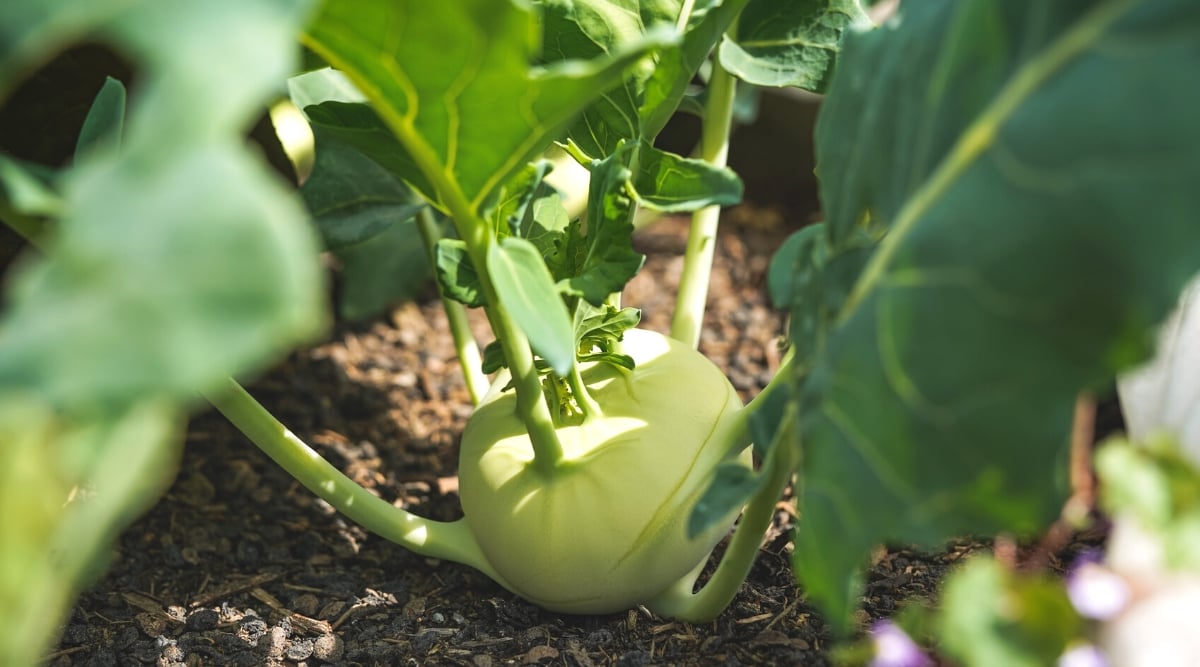

On account of kohlrabi is a brassica, it instantly turns into one totally different dangerous tomato neighbor. Inside the event you recall, these vegetation will compete with tomato vegetation for dietary nutritional vitamins, considerably nitrogen.
These vegetation want at the least 3 toes of distance from one another all through the yard and is perhaps bigger served by planting in separate beds altogether.
Potatoes
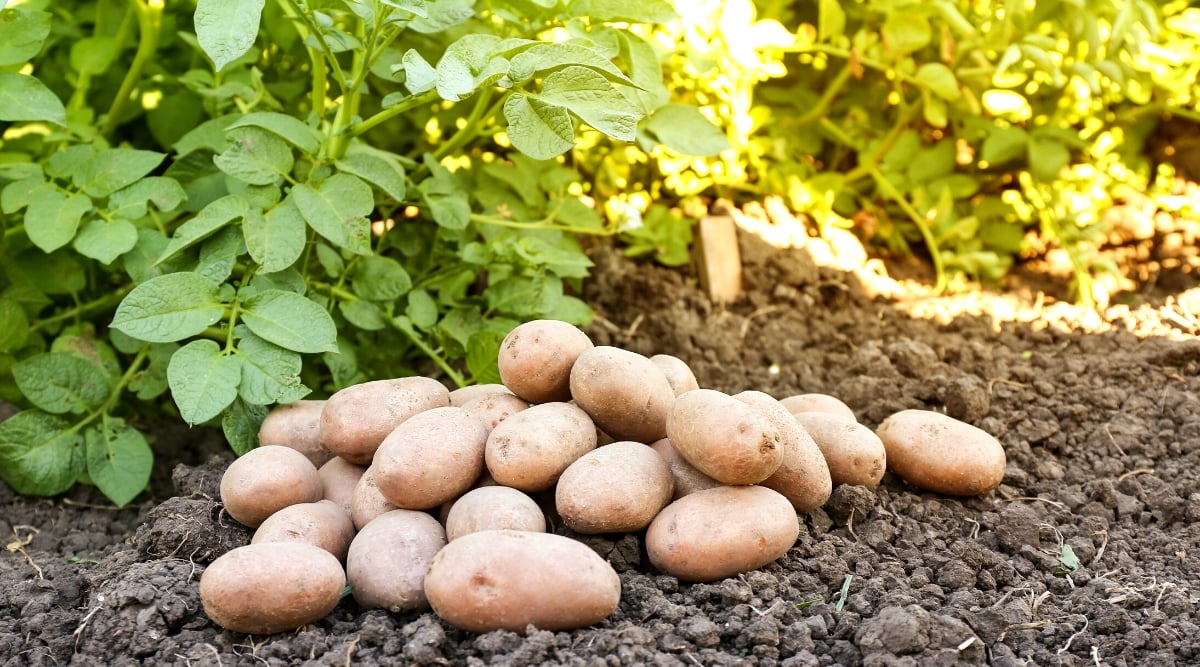

On account of potatoes are nightshades, they will compete with tomatoes for dietary nutritional vitamins. These two vegetation is prone to be inclined to the an equivalent sicknesses, which signifies that when one is contaminated, you is prone to be vulnerable to lose each.
One totally different complication of potatoes as companions comes at harvest time. Digging up potatoes may set off injury to tomato roots. Complete, this isn’t a wonderful match.
Potatoes have many different companions that won’t solely income their progress nonetheless can subjectively improve their mannequin.
Nonetheless, one exception to this rule is the “Ketchup And Fries” grafted plant. That is an uncommon tomato in that it’s solely a tomato on prime – it’s grafted onto a potato plant.
This Frankenstein-like plant can’t have each crops harvested instantly, nonetheless; you’ll ought to attend till after you’ve canned your tomatoes they usually additionally’ve died as soon as extra to reap your spuds.
Walnuts
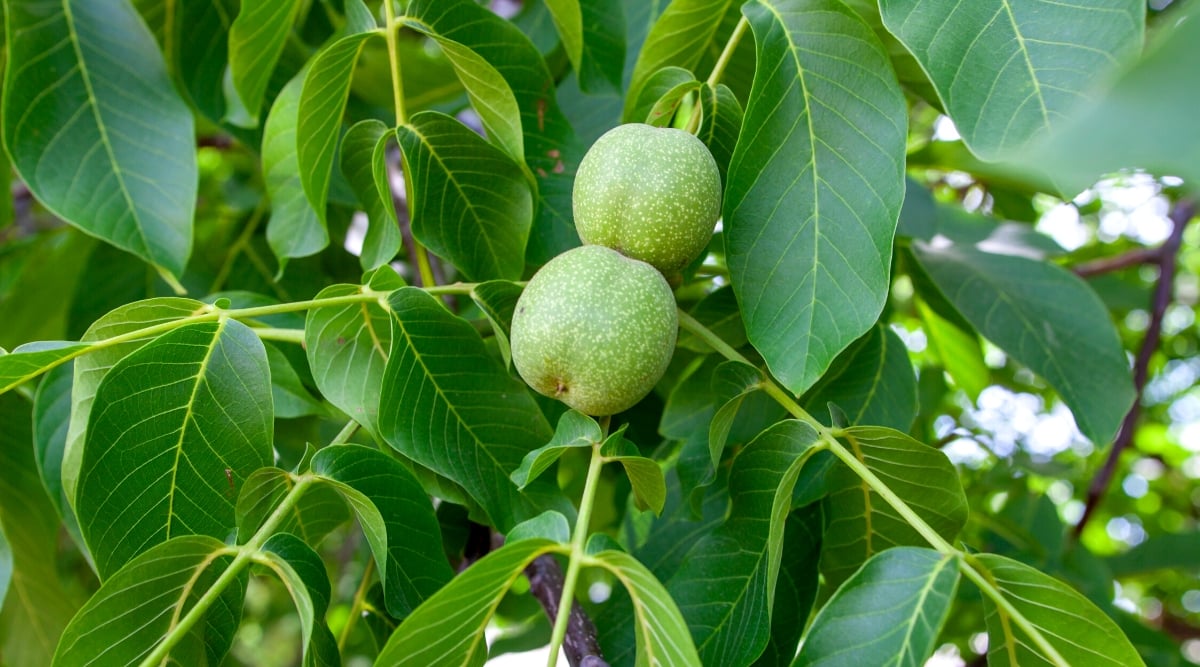

Walnuts, notably black walnut bushes, are usually cautioned within the path of by gardeners, and there’s a wonderful motive: juglone. The black walnut tree secretes this naturally-occurring chemical by means of its roots primarily, though it’s furthermore discovered all through the walnut hulls and, to a lesser extent, all through the leaves.
Most of this happens all through the soil all through the tree’s root zone, and as you may guess, a healthful black walnut has a reasonably sizeable root zone. Juglone is an allelopathic compound, which suggests it might perhaps prohibit plant germination or set off hurt to some youthful vegetation it makes contact with. (Nonetheless not all vegetation – some don’t even uncover it!)
Some solanaceous vegetation are terribly delicate to the juglone secreted by the tree, so it’s really helpful to not plant tomatoes instantly beneath a black walnut.
When you’ve acquired nowhere else to plant apart from instantly beneath the walnut tree, use a raised mattress and select any hulls or leaves that drop into your mattress. Nonetheless, tomatoes like full picture voltaic, so planting them instantly beneath a tree will not be your greatest wager!
Juglone wouldn’t persist all through the soil. It has a comparatively quick half-life all through the soil and any hulls, leaves, or chipped picket. If the plant offers are finely chipped, hot-composted, after which aged for as rather a lot as six months prior to use, there may be prone to be no further juglone all through the remaining composted provides, and it’ll be protected for yard use.
Nonetheless for people who don’t have a dependable scorching composting system, it’s most likely greatest to maintain up your tomatoes away from each the compost and the tree.
Last Ideas
Companion planting can improve your harvest, improve soil top of the range, and enhance the flavour of your edible vegetation. Tomatoes income from many pairings, and considerably, tons of herbs make good companions for tomatoes. Blissful planting!
[ad_2]
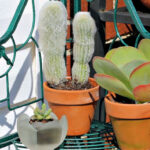


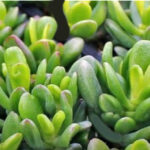
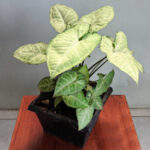

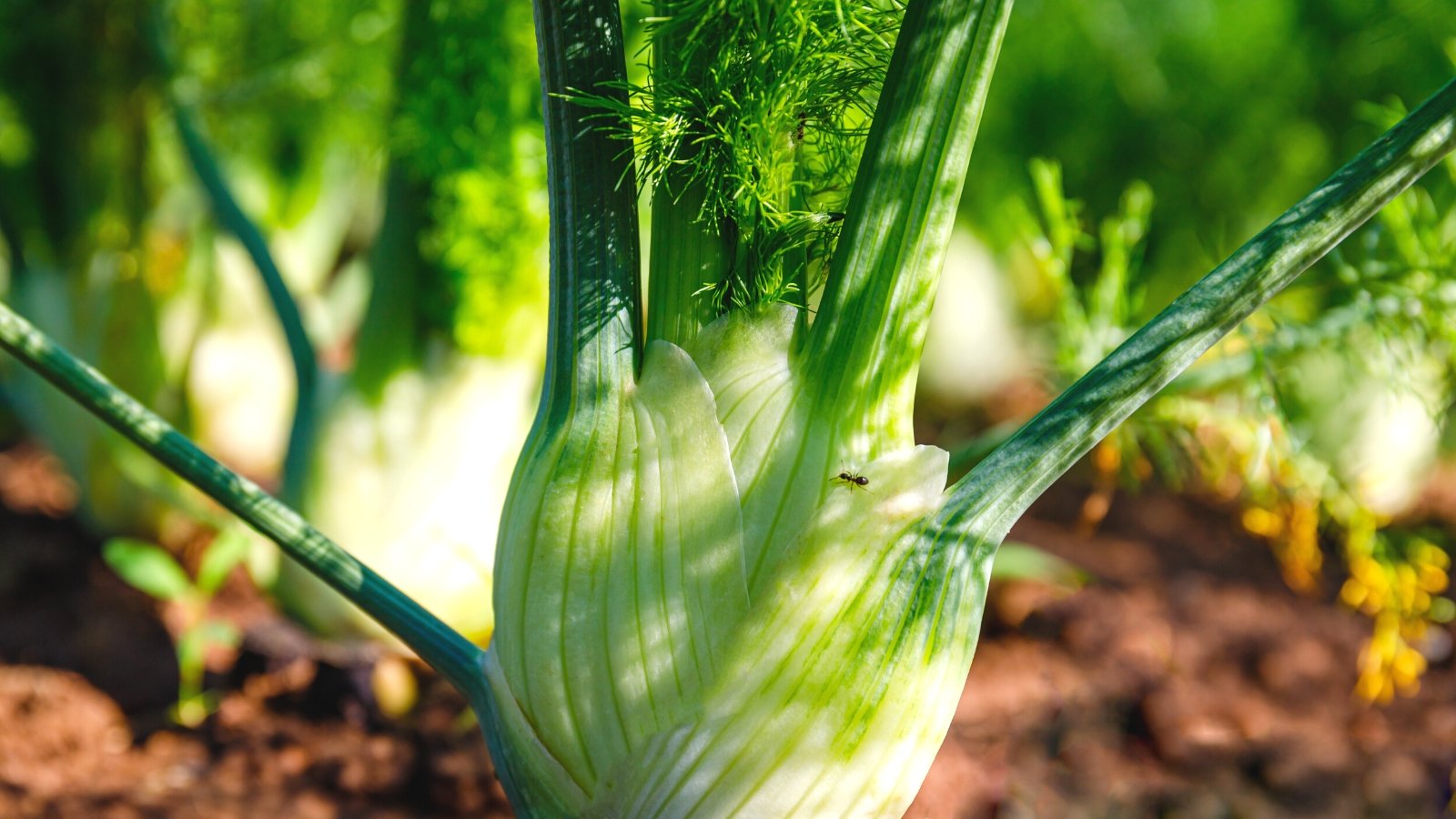
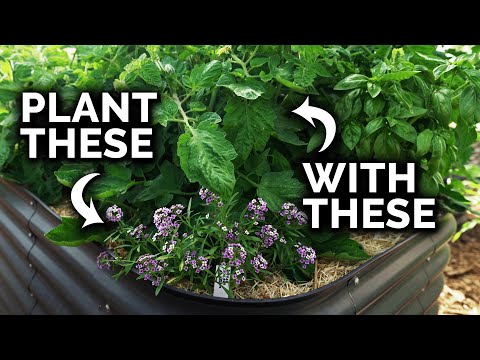
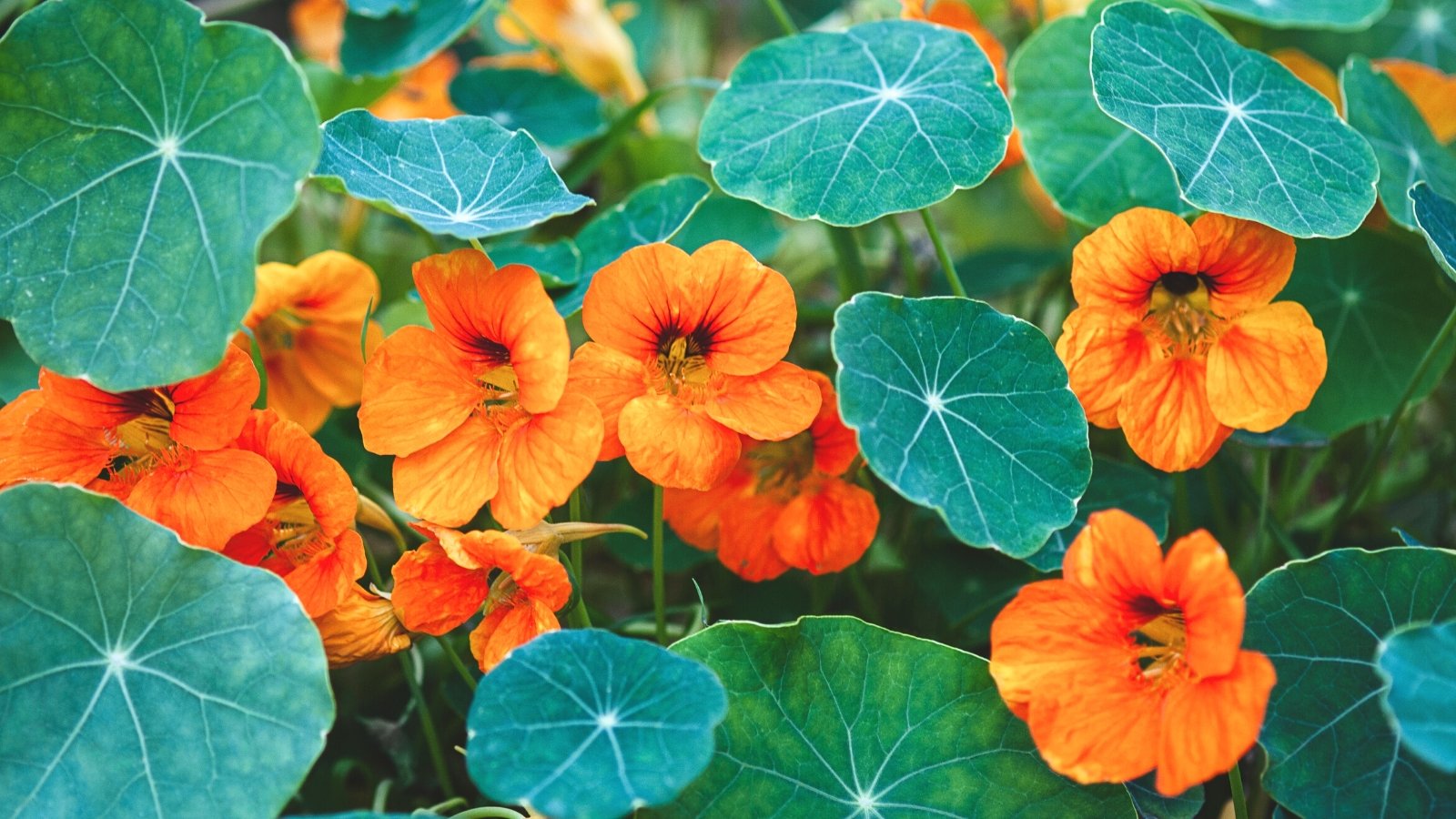
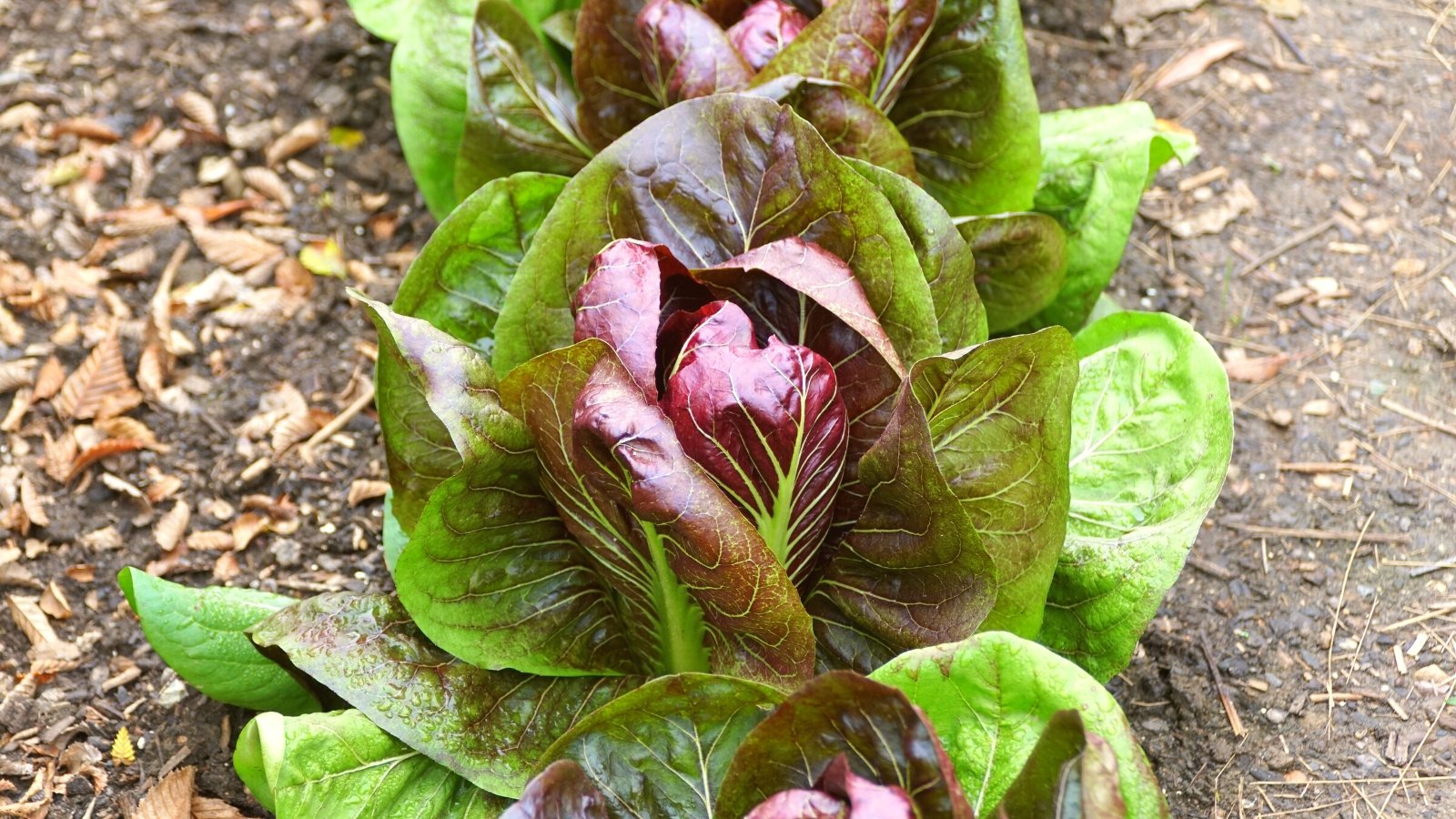
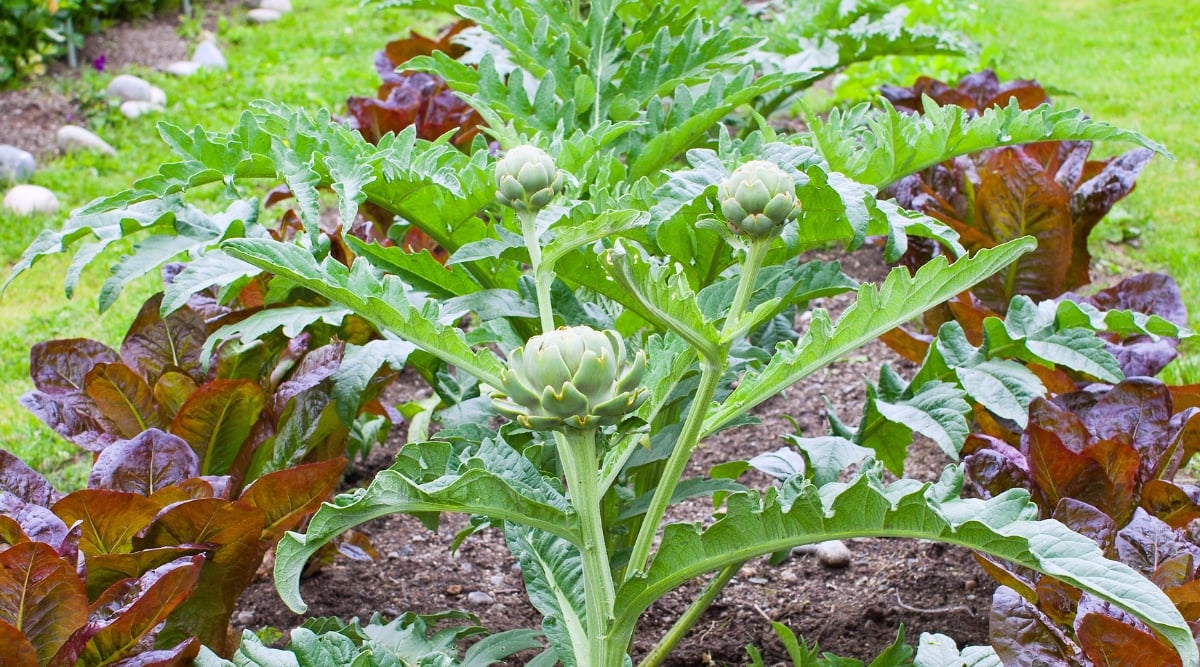
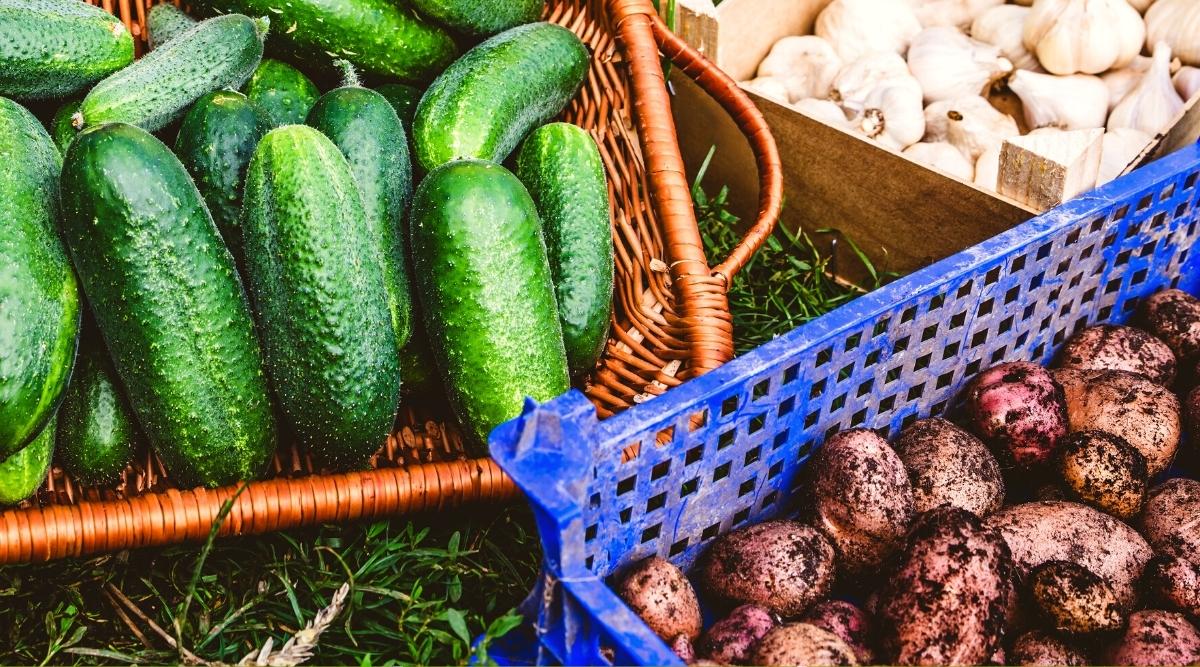
It’s great to have access to such practical gardening advice. The insights on how different plants interact with each other in terms of nutrient absorption are particularly useful for planning my vegetable garden layout this season.
I appreciate the detailed explanations regarding why certain plants, like broccoli and tomatoes, should be kept apart. This guidance is invaluable for anyone trying to maximize their vegetable yield while minimizing pest issues in their garden.
The article provides a comprehensive overview of companion planting, particularly with tomatoes. It’s interesting to see the scientific basis behind which plants should and shouldn’t be paired together in the garden. This information will definitely aid my gardening efforts.
The information presented here about companion planting is both useful and educational. Understanding the relationships between various vegetables can help gardeners make informed decisions that ultimately lead to healthier plants and better harvests.
This article clarifies a lot about companion planting, especially concerning common vegetables like tomatoes. I found it enlightening to learn how competition for nutrients can impact plant health and growth, which is often overlooked by novice gardeners.